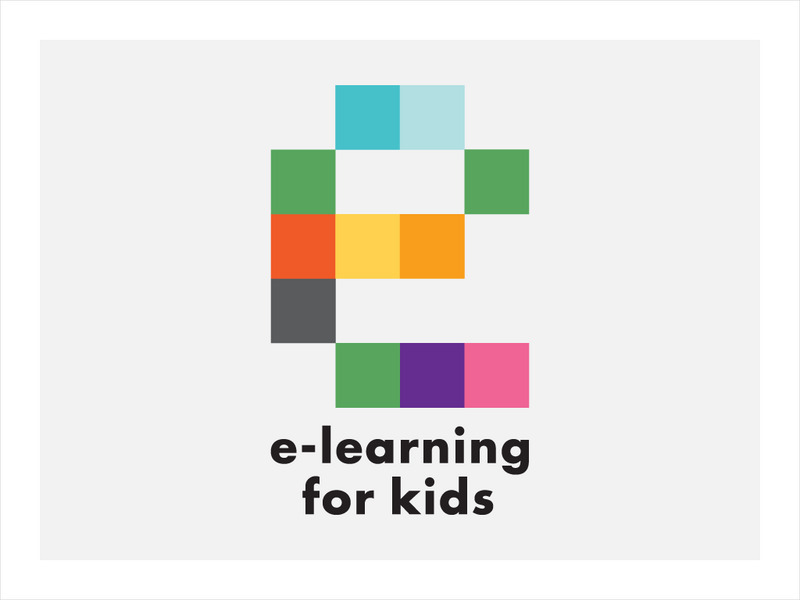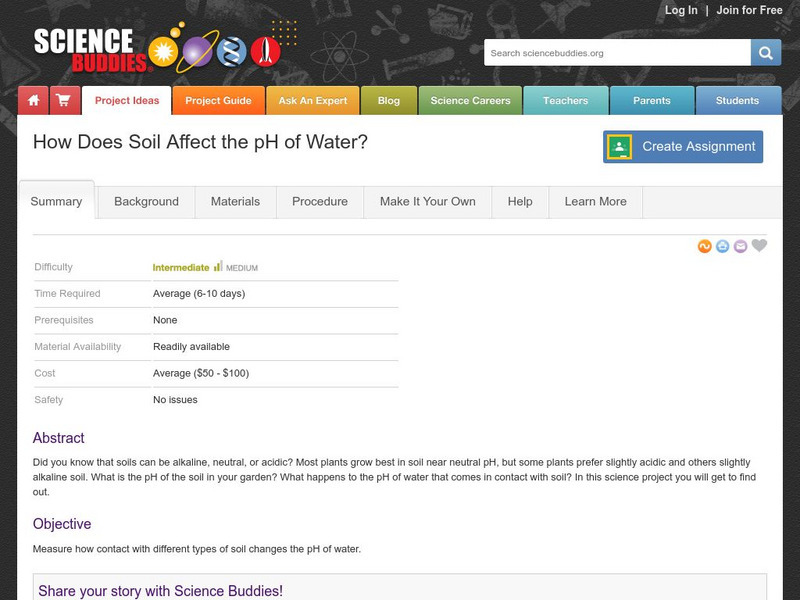Hi, what do you want to do?
Curated OER
Environment: Climate Change
Students explore climate change and the greenhouse effect. Using provided definitions, they assess local weather conditions and analyze long term climatic data for their areas. Once they explore the concept of and connection between...
Curated OER
The Grass is Always Greener
Third graders experiment with common grass and cellular division.
Curated OER
Land Grant Colleges
Students are introduced to the concept of land grant colleges which allowed agriculture to be brought into education. As a class, they create a timeline and compare and contrast the land grant colleges of 1890 and 1892. They use maps...
Curated OER
Life Cycle of a Frog
Students observe the life cycle of a frog. For this life cycle lesson, students will observe and record the changes in the life cycle of a frog.
Curated OER
Greenhouse Effect: Pop Bottle Experiment
Students explore global warming by conducting a weather experiment. In this greenhouse gas instructional activity, students define the greenhouse effect and the impact on our ozone layer. Students utilize a soda pop bottle, floodlight...
Curated OER
U.S. History: Antebellum Heroes and Villains
Eighth graders research and write reports on key figures of the Antebellum Period. The projects also include pictures, bibliographies, and timelines about their assigned figure. In addition, 8th graders present oral reports to classmates.
K12 Reader
The Rock Cycle
This cross-curricular reading comprehension instructional activity asks kids to read a passage of the rock cycle and then to use information in the article to respond to a series of questions.
Curated OER
Health and Growth
Learners identify healthy foods. In this nutrition lesson plan, students review the five food groups and categorize healthy and unhealthy foods on a chart. Learners develop their own menus.
Teach Engineering
Breathing Cells
Pairs work together to determine whether unknown solutions are either acids or bases by using a red cabbage indicator solution. After determining the general pH of the unknown solution, classmates blow into the same indicator after...
Curated OER
Earth Day
Third graders utilize technology to access, analyze, interpret and communicate information about Earth Day.
Curated OER
Flowers, Flowers, Flowers...A Visit with Georgia O'Keeffe
Students analyze, discuss, and research Georgia O'Keeffe and her flower paintings. They select a flower to paint and create a watercolor painting in the style of Georgia O'Keeffe. Students compose a poem describing their painting.
Curated OER
Animal Masks
Learners design and make animal masks. In this research and application lesson, students use a computer to research what a panther eats, select an animal mask they want to make and then use the materials provided to create their...
Curated OER
Graphic Organizers Aid Comprehension
Students create story webs to aid comprehension of ecosystems. In this reading strategies lesson, students discover the importance of organizing information while reading a nonfiction text. Students produce story webs to communicate...
Curated OER
Problem-Solving Decision: Too Much or Too Little Information: Practice
In this too much or too little information worksheet, students determine if they have too much or too little information to solve the word problem. Students solve four problems.
Curated OER
"Julie of the Wolves"
Fifth graders research life in Alaska and compare life there to their lives in this activity. They read "Julie of the Wolves." They research through the novel and other reference books facts about the Alaskan climate and geography. ...
Curated OER
Autumn Learning Fun
Students discuss autumn. In this language arts lesson, students discuss words that are associated with the season of autumn. Students read books about autumn.
Curated OER
Geography Made Fun with Technology
Young scholars incorporate knowledge box into their classroom activities. For this technology integration lesson, students fill out a graphic organizer using Glossopedia to analyze a new subject.
Curated OER
Geography: Snow Cover on the Continents
Students create maps of snow cover for each continent by conducting Internet research. After estimating the percentage of continental snow cover, they present their findings in letters, brochures or Powerpoint presentations.
E-learning for Kids
E Learning for Kids: Science: Vikings: How Do Plants Grow?
Olaf the viking is learning about the life cycle of plants. Help him tend to his garden as he learns.
Science Buddies
Science Buddies: Home Sweet Biome: How Do Plants Grow in Different Environments?
In this science fair project you will learn about biomes and how different climatic conditions affect plant growth. This can explain why some plants and animals are similar in different areas of the country, and in other parts they are not.
Primary Resources
Science and Plants for Schools: Living Processes
Great site to help teachers enhance learning about plants and how they grow. There are many downloads including lesson plans, experiments, and activities.
Science Buddies
Science Buddies: How Does Soil Affect the P H of Water?
Did you know that soils can be alkaline, neutral, or acidic? Most plants grow best in soil near neutral pH, but some plants prefer slightly acidic and others slightly alkaline soil. What is the pH of the soil in your garden? What happens...
Science Buddies
Science Buddies: Shoots: How Do Mint Plants Branch to Form New Stems?
Do you like to climb trees? The branches of trees are what make them so fun to climb. Each branch starts out as a tiny shoot that grows out from a stem. How is the growth of shoots along a stem regulated?
Everything ESL
Everything Esl: Growing Flowers
A lesson for young ELL students on how to grow flowers. Teachers will meet the ESL TESOL standards. Lots of resources included in this activity.




























